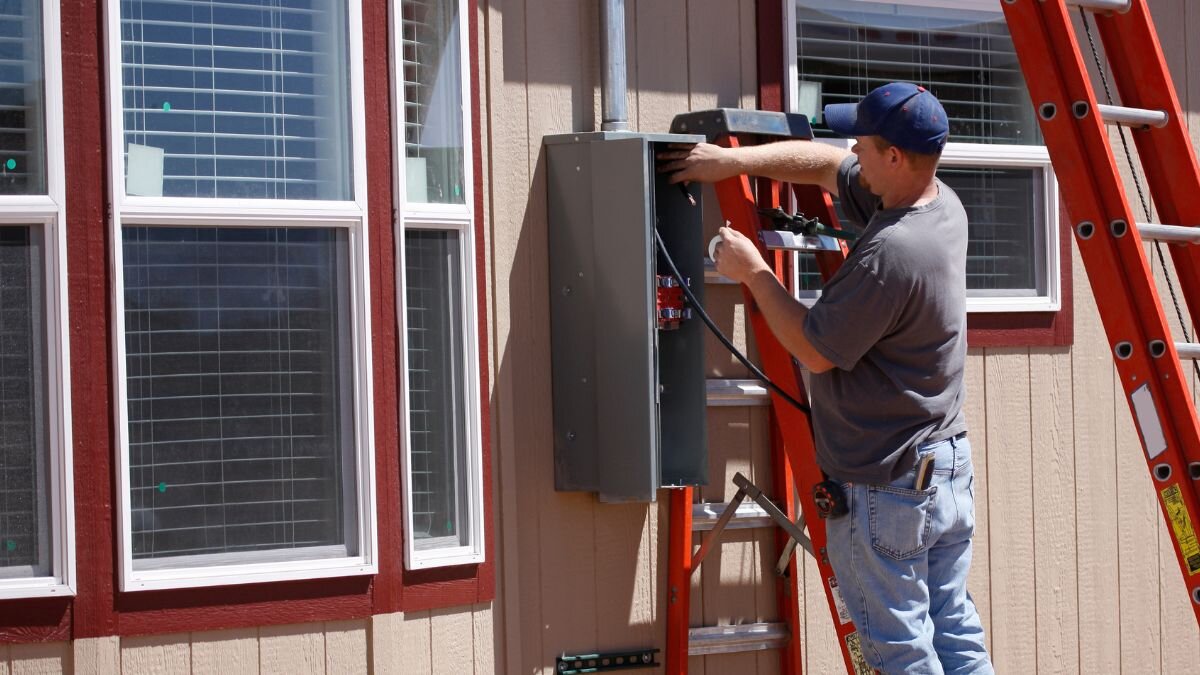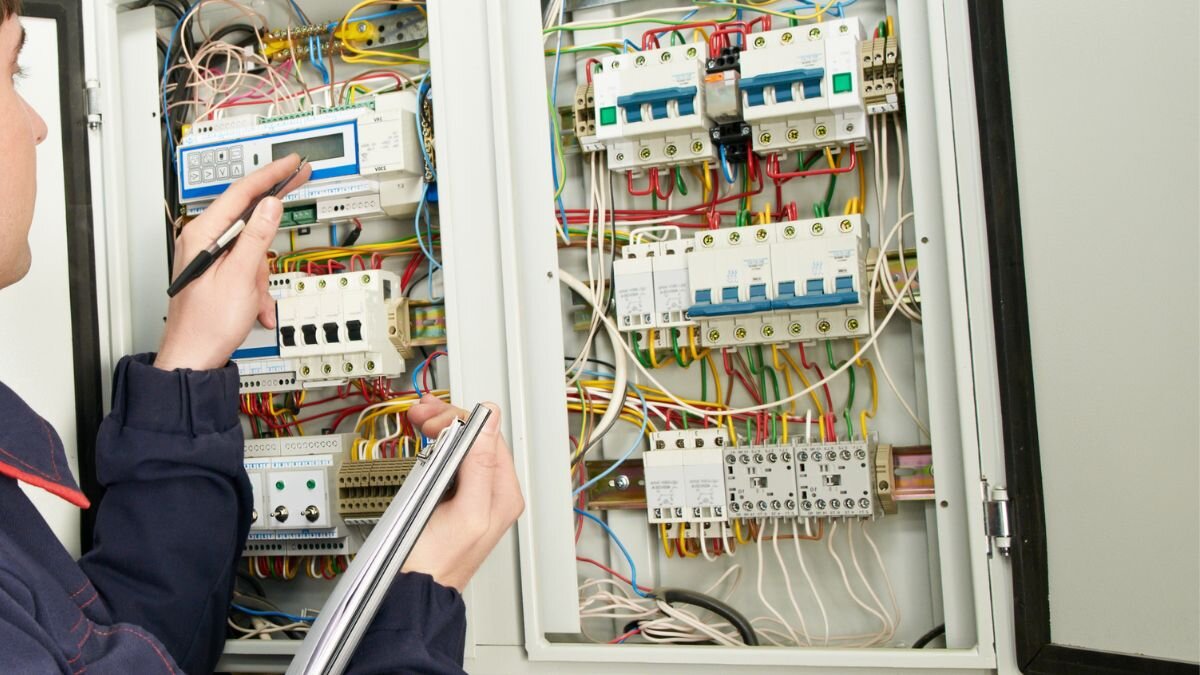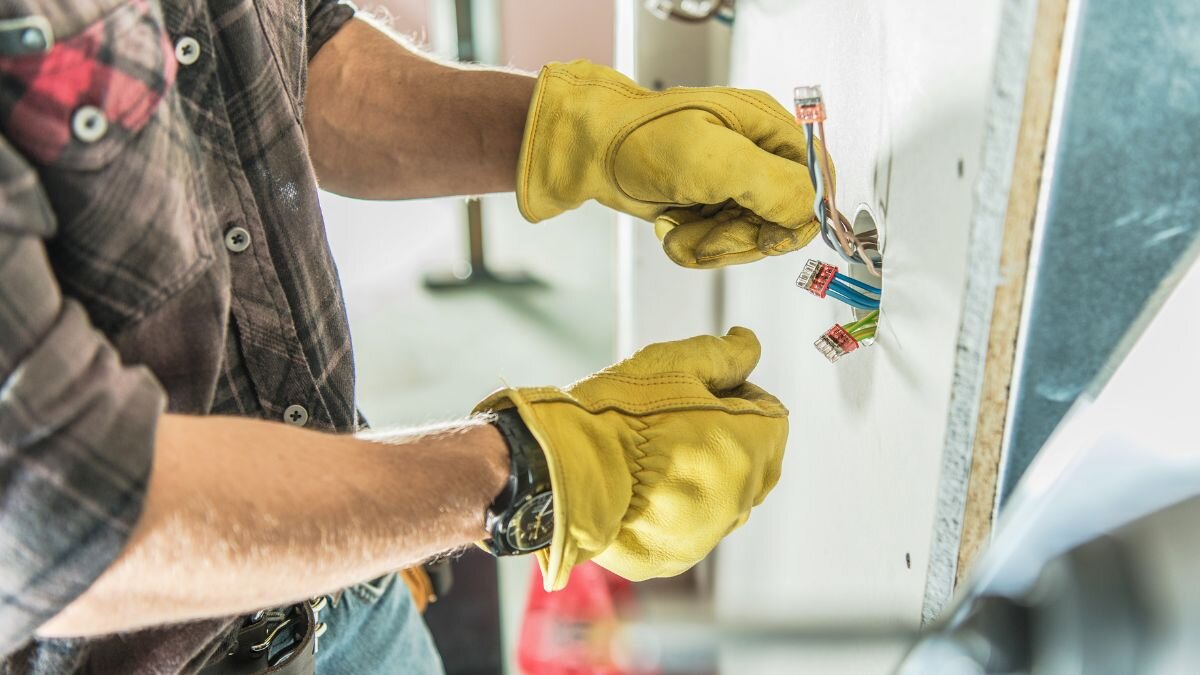Is 3-Phase Power Right for Your Home or Business?
Is your home or business struggling with power outages or slow equipment? 3-phase power could be the answer. Learn how this type of electricity works, what its advantages are, and if it’s suitable for your needs. Understand the costs involved and factors to consider before making a decision.
Did you know that the average Australian household consumes over 6,000 kWh of electricity annually, and this number is steadily rising? As our reliance on power-hungry appliances and devices grows, so too does the demand for reliable and efficient power supply.
This article aims to shed light on 3-phase power, explaining whether it’s the right choice for your home or business. Understanding the intricacies of power supply is crucial in today’s world, as it directly impacts the smooth operation of our daily lives and businesses.
What Is 3-Phase Power?
3-phase power is a type of electrical power system that uses three alternating currents to deliver power. Instead of a single current wave, it employs three separate waves, each offset by 120 degrees. This configuration provides a more consistent power delivery compared to single-phase systems.
A 3-phase power system typically consists of three-phase conductors and a neutral conductor. The phase conductors carry the alternating currents, while the neutral conductor provides a return path for unbalanced loads.

Unlike 3-phase power, which is commonly used for industrial and commercial applications, single-phase power is primarily used in residential settings. Single-phase power involves a single alternating current, delivering less power compared to its 3-phase counterpart.
While single-phase power suffices for most household needs, 3-phase power is essential for heavy-duty equipment and large commercial facilities due to its higher power capacity and efficiency.
Benefits of 3-Phase Power
3-phase power offers several advantages over single-phase power, making it a preferred choice for many applications.
Efficiency
3-phase systems are inherently more efficient than single-phase systems. This is due to the balanced power distribution across the three phases, which reduces power losses in the electrical system. As a result, 3-phase power can lead to lower energy bills and improved system performance.
Power Distribution
One of the key benefits of 3-phase power is its ability to provide a more consistent and reliable power supply. The three phases are offset from each other, ensuring a smoother power delivery without the fluctuations that can occur with single-phase systems. This is particularly important for applications where consistent power is critical, such as industrial processes and medical equipment.
Support for High-Power Equipment
3-phase power is essential for powering large appliances and heavy machinery commonly found in homes and businesses. Electric water heaters, air conditioners, and stoves can benefit from the increased power capacity offered by 3-phase systems. In commercial settings, 3-phase power is indispensable for operating motors, compressors, and other high-power equipment.
Situations Where 3-Phase Power is Essential

While single-phase power is sufficient for most residential needs, certain circumstances warrant the installation of 3-phase power.
Homes with multiple large appliances, such as air conditioning units, electric water heaters, and electric stoves, can benefit from the increased power capacity provided by 3-phase systems. Additionally, homeowners with electric vehicle charging stations may find 3-phase power advantageous for faster charging times.
In the commercial sector, 3-phase power is essential for various businesses. Manufacturing plants rely on 3-phase power to operate heavy machinery and production lines efficiently. Restaurants often require 3-phase power for commercial kitchen equipment like ovens, grills, and ventilation systems. Even offices with high energy consumption, such as those with extensive computer systems or data centres, can benefit from the stable power delivery and increased capacity offered by 3-phase power.
Cost Considerations
While 3-phase power offers numerous advantages, it’s essential to consider the costs involved.
Installation Costs
Installing a 3-phase power system typically requires significant upfront investment. The cost will vary depending on factors such as the size of the property, the distance to the electrical grid, and the complexity of the installation. It’s advisable to obtain quotes from multiple electrical contractors to compare prices and services.
Long-Term Savings
Despite the initial investment, 3-phase power can lead to long-term savings on electricity bills. The increased efficiency of 3-phase systems can result in lower energy consumption, translating to reduced costs over time. Additionally, businesses may experience fewer equipment failures and reduced downtime due to the consistent power delivery provided by 3-phase systems.
Return on Investment
For businesses, the potential return on investment (ROI) from installing a 3-phase power system can be substantial. Improved productivity, reduced downtime, and increased equipment lifespan can contribute to significant cost savings.
How to Transition to 3-Phase Power

Before making the switch to 3-phase power, it’s crucial to assess your current and future power needs. Consider the types of appliances or equipment you use, their power consumption, and any planned expansions or upgrades.
Once you’ve determined the suitability of 3-phase power for your needs, it is highly recommended that you consult with a qualified electrician or electrical engineer. They can assess your property’s electrical infrastructure, determine the necessary upgrades, and ensure compliance with local electrical codes and regulations.
A professional can also provide guidance on equipment compatibility, safety measures, and potential cost-saving opportunities. By working with an experienced electrician, you can ensure a smooth and efficient transition to 3-phase power.
Power Up Your Future
Determining whether 3-phase power is suitable for your home or business requires careful consideration of your specific needs and circumstances. Factors such as power consumption, equipment requirements, and budget should be evaluated. While it offers advantages in terms of power delivery and efficiency, it’s essential to weigh these benefits against the potential costs and complexities involved.
To ensure a safe and effective 3-phase power installation and maintenance, it’s crucial to engage the services of qualified electricians. Sydney Level 2 Electricians offer expert assistance in supply upgrades, including transitioning to 3-phase power. Our team can assess your needs, provide tailored solutions, and execute the installation with precision. Call us today to discuss your power requirements and receive expert advice.